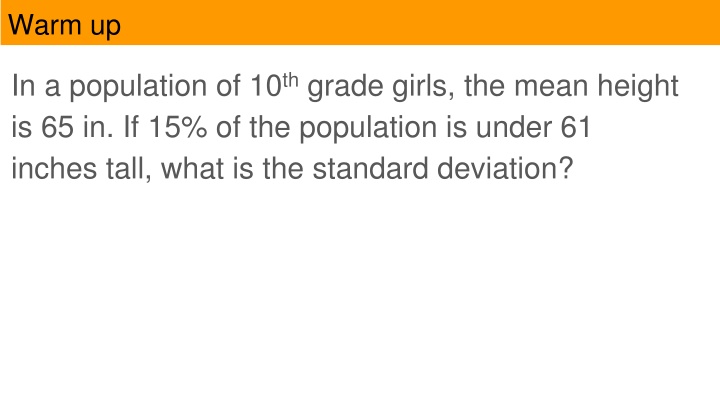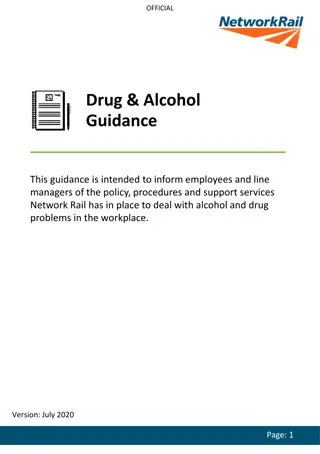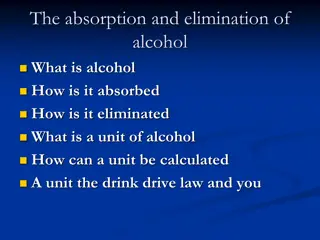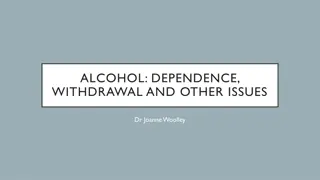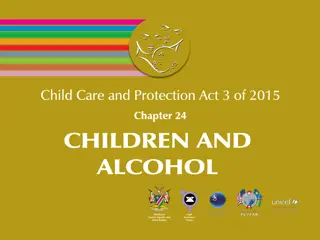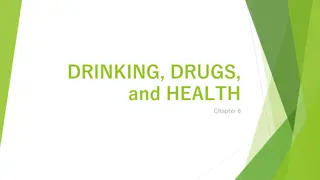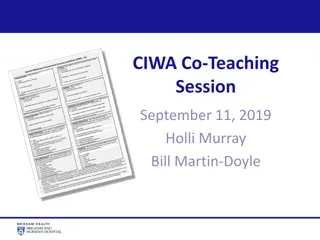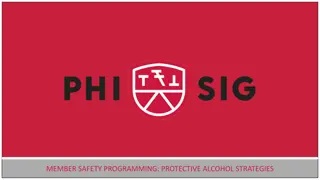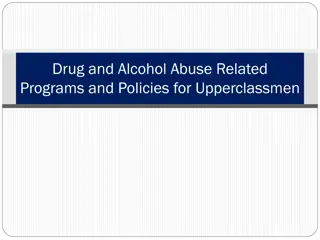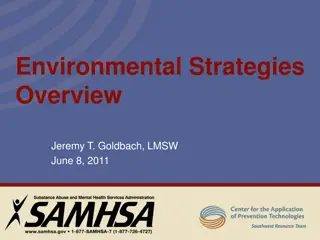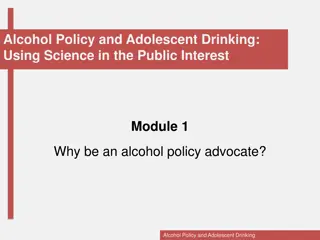Analyzing Heights and Alcohol Levels
In this collection, you will delve into various statistical scenarios including calculating standard deviation for heights, understanding explanatory and response variables in studies involving alcohol consumption, and interpreting scatterplots and correlation in different contexts.
Uploaded on Mar 07, 2025 | 1 Views
Download Presentation

Please find below an Image/Link to download the presentation.
The content on the website is provided AS IS for your information and personal use only. It may not be sold, licensed, or shared on other websites without obtaining consent from the author.If you encounter any issues during the download, it is possible that the publisher has removed the file from their server.
You are allowed to download the files provided on this website for personal or commercial use, subject to the condition that they are used lawfully. All files are the property of their respective owners.
The content on the website is provided AS IS for your information and personal use only. It may not be sold, licensed, or shared on other websites without obtaining consent from the author.
E N D
Presentation Transcript
Warm up In a population of 10thgrade girls, the mean height is 65 in. If 15% of the population is under 61 inches tall, what is the standard deviation?
3.1 :: Scatterplots and Correlation explanatory variable response variable may help explain or influence changes in a response variable measures an outcome of a study (the y ) (the x )
What are the explanatory and response variables? How does drinking beer affect the level of alcohol in our blood? The legal limit for driving in all states is 0.08%. In a study, adult volunteers drank different numbers of cans of beer. Thirty minutes later, a police officer measured their blood alcohol levels.
What are the explanatory and response variables? Julie asks, can I predict a state s mean SAT Math score if I know its mean SAT Critical Reading score? Jim wants to know how the mean SAT Math and Critical Reading scores this year in the 50 states are related to each other. For each student, identify the explanatory variable and the response variable if possible.
Describe the scatterplot- we are looking at overall patterns
SOCS vs DOFS SOCS is for univariate data DOFS is for bivariate data Shape Direction Outliers/Unusual things Outliers Center Form Spread Strength
Heavy Backpacks 9thgraders go on a backpacking trip each fall. Students are divided into hiking groups of size 8 by selecting names from a hat. Before leaving, students and their backpacks are weighed.
Correlation POSITIVE CORRELATION CORRELATION NEGATIVE
r - The Correlation Coefficient If two things are highly correlated, does that mean that one causes the other???? http://www.tylervigen.com/spurious-correlations
r - The Correlation Coefficient SOME FACTS ABOUT r no units only measures a linear relationship is not resistant to outliers changing the units of your explanatory or response variable does not affect r r can only describe the correlation between quantitative variables!
Put it all together What would happen to the data set if we removed the possible outlier Answer: The linear correlation would weaken if we removed the outlier. However, sometimes a correlation is strengthened by removing an outlier.
